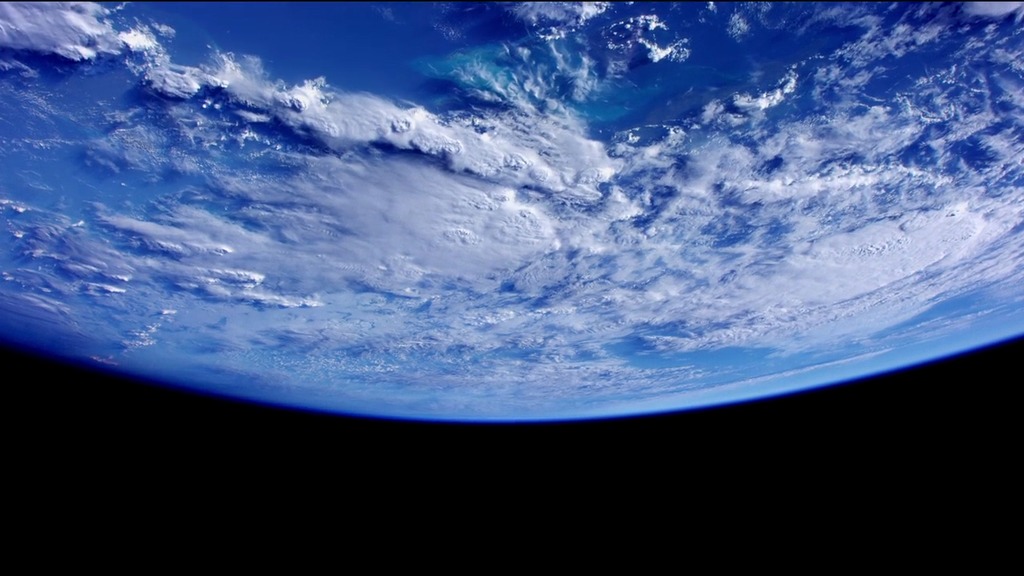IPN participates in first mission to the stratosphere with NASA

MEXICO - The National Polytechnic Institute (IPN), together with the National Autonomous University of Mexico (UNAM), the Instituto Tecnológico y de Estudios Superiores de Occidente (Iteso) and the Molina Center for Energy and the Environment (MCE2), will participate, for the first time in history, in a suborbital mission to the stratosphere from Antarctica with the EMIDSS-6 module (Experimental Module for the Iterative Design for Satellite Subsystems version 6).
He indicated that this will happen thanks to an invitation from NASA and the U.S. National Science Foundation (NSF).
The mission is expected to take place at the end of December 2024 and during January 2025. The flight will depart from the U.S. McMurdo Base, located at the southern tip of Ross Island -near New Zealand, at the South Pole-, which is operated by the U.S. Antarctic Program.
Mario Alberto Mendoza Bárcenas, researcher at the IPN's Center for Aerospace Development (CDA) and leader of the project, explained that the FY25 special mission to Antarctica with EMIDSS-6 will have a trajectory of one revolution in 15 days, equivalent to one revolution around the Earth, aboard superpressure balloons (SPB) that allow reaching a high level of buoyancy.
One of the objectives of the mission is the development of the first stage of instrumentation for the identification of contaminants, mainly microplastics in the stratosphere, through a system to capture images of the environment related to the altitude during the ascent of the platform to its maximum float point.
The mission leader indicated that since the polar vortex is a persistent high-pressure system that forms a unique atmospheric circulation pattern over Antarctica, it allows the balloon to maintain a constant altitude for a longer period of time.
Under these environmental conditions, the EMIDSS-6 module will be able to collect and store data for the development of graphs and characterization of the stratospheric environment at low latitudes with the use of Mexican aerospace technology.
Mendoza Bárcenas pointed out that the module will record environmental variables through sensors to measure humidity, temperature, relative humidity and ultraviolet radiation with commercial grade devices.
Next July, NASA experts will subject EMIDSS-6 to strict technical and electromagnetic compatibility evaluations based on the standards, so that by the end of the year, the payload will participate in the suborbital mission from Antarctica.




